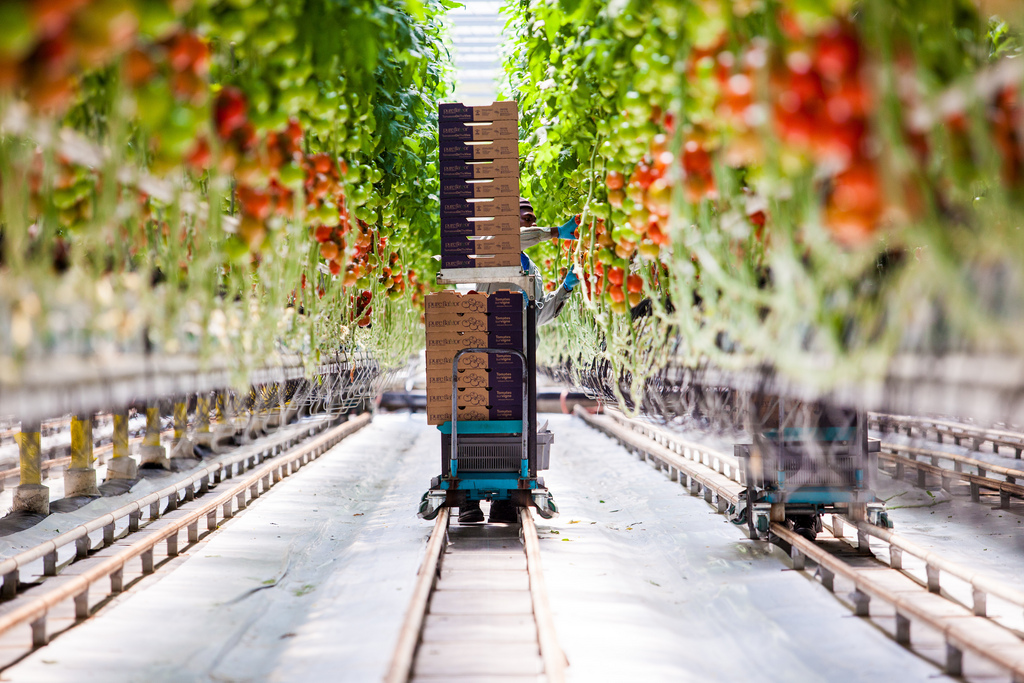Geothermal heating helps Dutch greenhouses hit CO2 target
Geothermal heating seen as one of the key factors for the greenhouse sector of the Netherlands having cut its CO2 emissions by 30 percent in the past 5 years, below its 2020 target.
Reported in Horticulture Week, a publication for the greenhouse industry, Dutch growers have been able to hit CO2 targets five years earlier than planned.
The CO2 emissions from Dutch greenhouse operations have fallen below its 2020 target, according to the Agricultural Economics Research Institute (LEI), part of Wageningen University & Research Centre.
From around 8.1 metric tons in 2010, emissions have fallen to 5.7 metric tons in 2014 or around 30 percent. This is mostly due to a lower use of natural gas. But there other factors in particularly the greater use of renewable energy and there in particular the use of geothermal heating.
Manager of the Kas als Energiebron (Glasshouse as Energy Source) programme between government and industry Piet Broekharst said: “This is a great achievement that the horticulture sector can be proud of.” Electricity consumed by the Netherlands’ greenhouses actually increased in 2014 to 7.7bn kWh, or 7 per cent of total national consumption. But the sector generated 9 per cent of national consumption, or 10.5bn kWh of electricity, from its use of combined heat and power (CHP).
Source: HortWeek


















